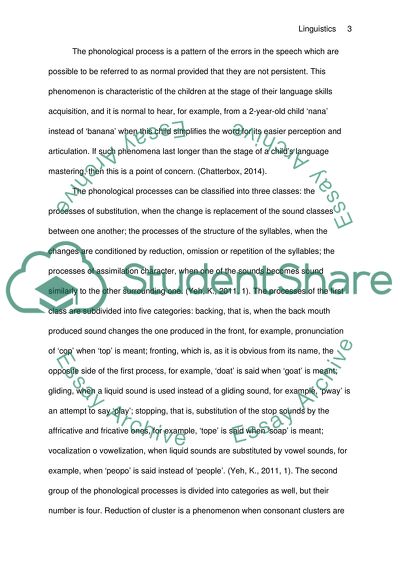Cite this document
(Modern Tools of Linguistic Analysis Research Paper Example | Topics and Well Written Essays - 2250 words, n.d.)
Modern Tools of Linguistic Analysis Research Paper Example | Topics and Well Written Essays - 2250 words. https://studentshare.org/humanitarian/1876658-linguistic-analysis
Modern Tools of Linguistic Analysis Research Paper Example | Topics and Well Written Essays - 2250 words. https://studentshare.org/humanitarian/1876658-linguistic-analysis
(Modern Tools of Linguistic Analysis Research Paper Example | Topics and Well Written Essays - 2250 Words)
Modern Tools of Linguistic Analysis Research Paper Example | Topics and Well Written Essays - 2250 Words. https://studentshare.org/humanitarian/1876658-linguistic-analysis.
Modern Tools of Linguistic Analysis Research Paper Example | Topics and Well Written Essays - 2250 Words. https://studentshare.org/humanitarian/1876658-linguistic-analysis.
“Modern Tools of Linguistic Analysis Research Paper Example | Topics and Well Written Essays - 2250 Words”. https://studentshare.org/humanitarian/1876658-linguistic-analysis.


